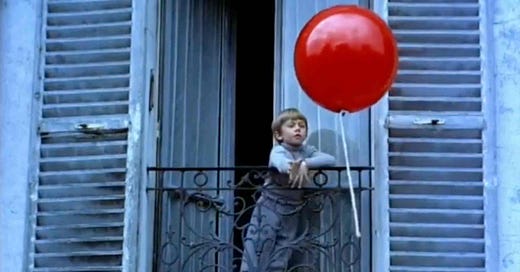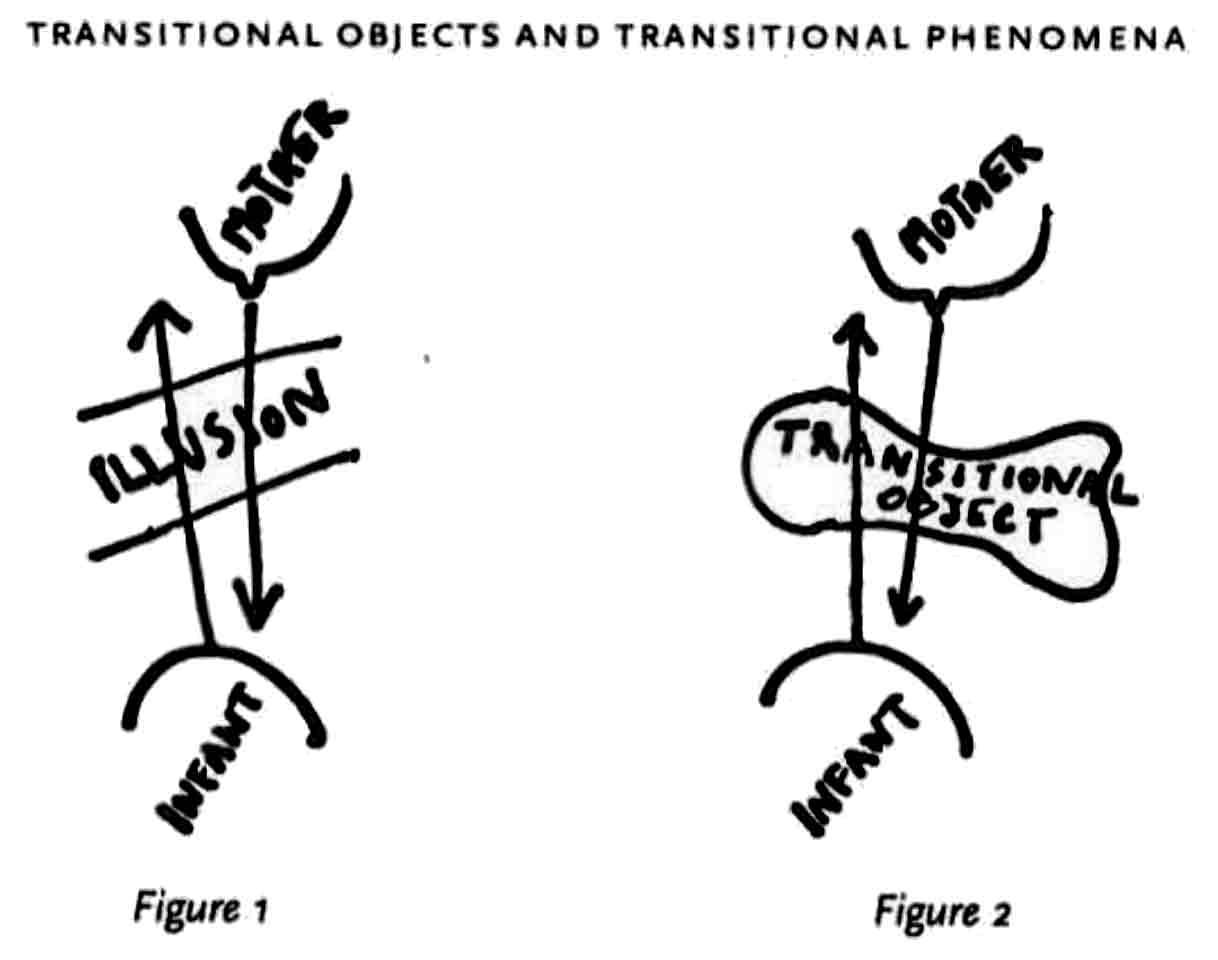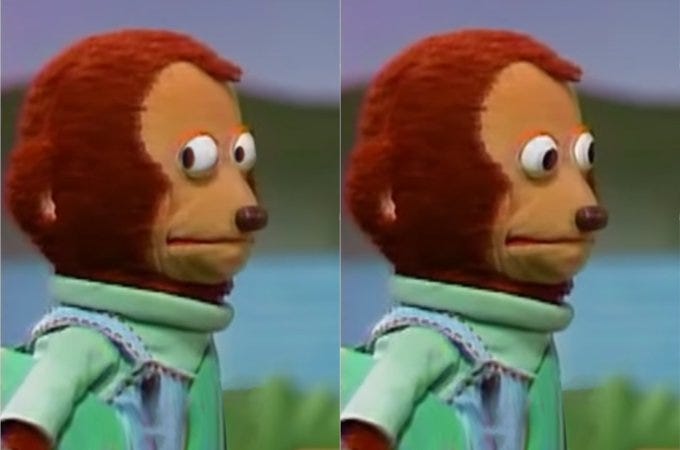The Fungible Brush
When I was about ten, my mother had a bright orange hairbrush that she carried in her purse. It had bristles that weren't too stiff or too soft—so your hair would turn out smooth but not frizzy. The brush was so good that I would often sneak off with it, brush my hair, and put it back in her bag. Now, with the internet, all brushes are available at our fingertips with endless reviews and videos. But back then, when you found a particular thing that worked really well, you had to hang on to it because you might not find it again.
One day, my mom and I went into this store on Newbury street called Divino that was the only store that sold Versace in Boston. We never went in there because we couldn't afford anything, but this day, we did—just to look. For whatever reason, my mom went looking in her purse and noticed the brush was missing! She got angry that I had (very likely) taken it, but we tried to play it cool in front of the impressive salespeople in this fancy store. One of them overheard us and said, “A hairbrush? Was it orange? I just saw it out on the street. You must have dropped it!"
Relieved, we left and started looking. Lo-and-behold, there was a bright orange brush on the street a few yards away. But it wasn't ours! It was similar but different—a different brand perhaps—the bristles crushed in a different way. But, an even crazier coincidence was that it was also really good! Just the right size. Not too stiff or too soft. My mom put it in her purse. We never found the original orange brush.
In the past few weeks, I have been thinking a lot about the value of objects because my parents are selling my childhood home and have begun sifting through our precious possessions. At the same time, tech-bros have been exhausting themselves listing any fungible thing they can find on the blockchain to render it "non-fungible."
Also, two of my hard drives failed, and I have been backing them up. It's consuming my life because protecting my data falls entirely on me.
Yesterday, I rewatched Albert Lamorisse's The Red Balloon from 1957 for the first time as an adult. It's on Youtube. In these past weeks, every time I think of NFTs, an image pops into my head of Pascal on his balcony—like Juliette—reaching out for his beloved balloon. But, why this image?
Some thoughts:
Grasping? Clinginess? Need?
Yearning to hold onto something fleeting/ephemeral?
A sign detaching from its referent?
The futility of trying to recall the forgotten password to your bitcoin wallet?
In the film—if you haven't seen it—Pascal befriends a balloon with a mind of its own. He plays hide and seek with it and shields it from the rain. It follows him around Paris like an obedient dog. Is it meant to be a transitional object—a rosy bloated breast hovering nearby?
I couldn't help but feel judgmental when a middle-aged guy confessed on This American Life that he still sleeps with his baby blanket. Pathetic.
Here is an excerpt from the paper, "Transitional Objects and Transitional Phenomena" by D. W. Winnicott, which he published in 1953—a few years before The Red Balloon:
"[I]n health the transitional object does not 'go inside' [the mind] nor does the feeling about it necessarily undergo repression. It is not forgotten and it is not mourned. It loses meaning, and this is because the transitional phenomena have become diffused, have become spread out over the whole intermediate territory between 'inner psychic reality and 'the external world as perceived by two persons in common,' that is to say, over the whole cultural field."
There is a whole genre of children's film and literature that anthropomorphizes inanimate things. I've never seen Toy Story (1995), but I alternate between nostalgia and resentment when I consider The Velveteen Rabbit (1922), Pinocchio (1940), The Little House (1952), and The Giving Tree (1964). (The whole point of The Giving Tree is to fuck you up, so that gets an A+ for effectiveness.) Do these stories model compassion and empathy, or is it some capitalist Cabbage Patch conspiracy to make us want to adopt more stuff?? Do you really want the doll, or are you afraid if you don’t care for it, no one will??1
Real quick, I want to distinguish between value, aura, and hype. This is kind of off the cuff, so feel free to weigh in if you see it differently.
Value: The worth, usefulness, or importance of something. Exchange value (what people will pay=materials + labor + hype), use value (utility), and sentimental value are all kinds of value.
Aura: Don't drop the Torah! Like sentimental value or spiritual value, aura is the je ne sais quoi that differentiates a unique thing from its material equivalent—loving your grandma's necklace because it belonged to your grandma. It is an irrational mental construct that inflates the exchange value of otherwise unremarkable things.
Hype: An attempt to manufacture aura to boost exchange value. Marketing.
For the sake of argument...
If mental health and maturity is the alignment of inner psychic reality with external reality as perceived with the senses…
(debatable)
…and a transitional object's loss of potency is proof that that alignment has taken place…
…then, aren't NFTs an assault on our sanity?
NFTs are effectively collective delusions designed to produce irrational attachments in immature man-children. It's hypebeast fuckery with none of the drip!
Years ago, I heard Tom Sachs talk about why he loves bootlegs. He argues that when you buy a pair of Gucci glasses, you belong to them. If you leave them at a restaurant, you'll go back for them. Bootlegs, however, belong to you because you're not responsible for them. You're free.
Transitional Objects and Transitional Phenomena, D. W. Winnicott, 1953
The Work of Art in the Age of Mechanical Reproduction, Walter Benjamin, 1935
Keynote From The New York Times International Luxury Conference: Authenticity, Tom Sachs, 2014
Patronage is the support, encouragement, or financial aid that an organization or individual bestows on another. In the history of art, patronage refers to the financial support that kings, popes, and the wealthy have provided to artists that enables them to continue making work.





